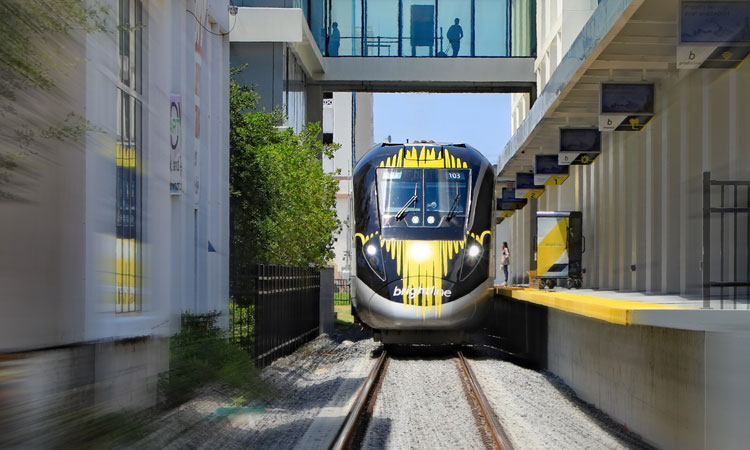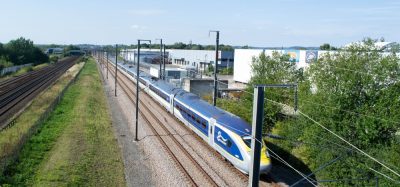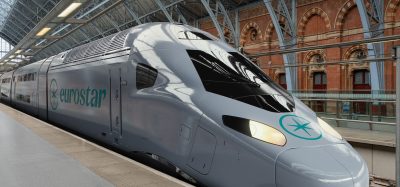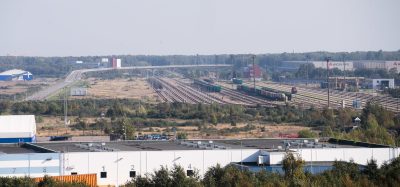Brightline CEO presents to Congress ways to unlock the potential of high-speed rail
Posted: 7 May 2021 | Global Railway Review | No comments yet
Michael Reininger, Brightline’s CEO, has presented to a U.S. House Transportation and Infrastructure subcommittee with several recommendations on the steps that Congress can take to unlock more private investment into high-speed rail.


Presenting to the U.S. House Transportation and Infrastructure Subcommittee on Railroads, Pipelines, and Hazardous Materials on 6 May 2021, Brightline’s CEO, Michael Reininger, offered a private sector perspective on how America can break through the inertia to create a national high-speed rail network and presented tangible steps Congress can take to unlock more private investment into high-speed rail.
Brightline is the first privately-funded passenger rail system in America in over a century and is designed to reinvent travel and take cars off the road by connecting city pairs and congested corridors that are too close to fly and too long to drive.
Michael highlighted to the subcommitte Brightline’s success and high-speed rail’s ability to meet the Biden Administration’s objectives related to jobs, climate and equity. Excerpts from Michael’s testimony included:
Join our free webinar: Rail cyber-security in a time of technological and regulatory transformation
Join our expert panel, including speakers from Nokia and Siemens Mobility, to explore the critical convergence of cybersecurity and 5G rail comms.
Date: 3 Dec | Time: 15:00 GMT
Can’t attend live? No worries – register to receive the recording post-event.
Jobs
“And of course, there’s the $6.4 billion in economic impact that Florida is already realising as a consequence of our activities, including more than 10,000 construction jobs.”
Climate
“Our Florida trains run on biodiesel and Brightline West will operate zero-emission, electric trains. Together, these routes will remove more than a half million tonnes of CO2 emissions annually by eliminating 7.6 million vehicle trips.”
Equity
“Additionally, high-speed rail revitalises downtown areas with new transit hubs, enhancing existing infrastructure and encouraging further development to consolidate around stations. Both our transportation and development activities have advanced equity within our communities. Development of MiamiCentral helped spur revitalisation of Overtown, an historically vibrant community of colour that was cut off with the construction of I-95 decades ago.”
Michael also offered several recommendations to the subcommittee that will help the country unlock the potential of high-speed rail, including:
Grant Programmes
“Consider allowing private entities to become eligible parties for FRA grant programmes by partnering with currently eligible applicants as a simple way to stretch direct government investment.”
Private Activity Bonds
“Consider increasing the volume cap on PABs from the current $15 billion – which has already been exhausted – to $30 billion to create a larger available pool to help finance projects.”
Railroad Rehabilitation & Improvement Financing (RRIF)
“Another opportunity to improve access to capital is to revamp the RRIF programme to make it more attractive to private investors in passenger rail projects.”
Brightline currently has an existing line in South Florida, is currently under construction to the Orlando International Airport, and is planning a third extension to Tampa.
Brightline West is the company’s first expansion outside of Florida and will connect Las Vegas to the greater Los Angeles Metro Area. The project would utilise fully-electric, zero emission trainsets with top speeds of 200mph making it the greenest form of transportation in the country.
OUT NOW: The Definitive Guide to Rail’s Digital Future
The rail industry is undergoing a digital revolution, and you need to be ready. We have released our latest market report, “Track Insight: Digitalisation.”
This is not just another report; it’s your comprehensive guide to understanding and leveraging the profound technological shifts reshaping our industry. We move beyond the buzzwords to show you the tangible realities of AI, IoT, and advanced data analytics in rail.
Discover how to:
- Optimise operations and maintenance with real-time insights.
- Enhance passenger services through seamless, high-speed connectivity.
- Leverage technologies like LEO satellites to improve safety and efficiency.
Featuring expert analysis from leaders at Nomad Digital, Lucchini RS, Bentley Systems and more, this is a must-read for any rail professional.
Related topics
Related organisations
Brightline, Brightline West, U.S. House Transportation and Infrastructure








